
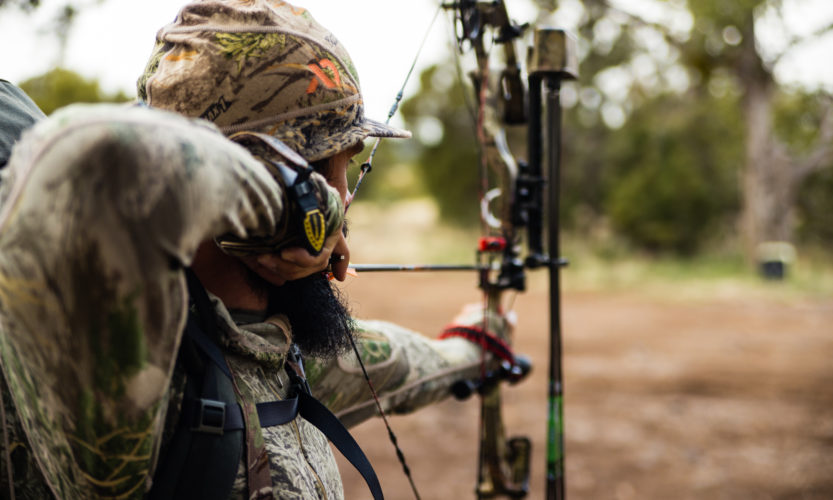
If you have never heard of Target Panic, consider yourself lucky, because that probably means that you haven’t had to deal with it. Target Panic is when the archer is unable to release an arrow without panicking. Panicking can take many forms including flinching, not being able to keep the pin held on the bullseye, and not even being able to release the arrow. Movement is completely normal when aiming your bow, but some people have a hard time accepting this which causes them to panic. While you are never going to be as still as you would if you put a rifle on a rest, remaining calm throughout the releasing of the arrow is going to have you stacking them in the bullseye. Target Panic is 100% psychological and, lucky enough, very curable.
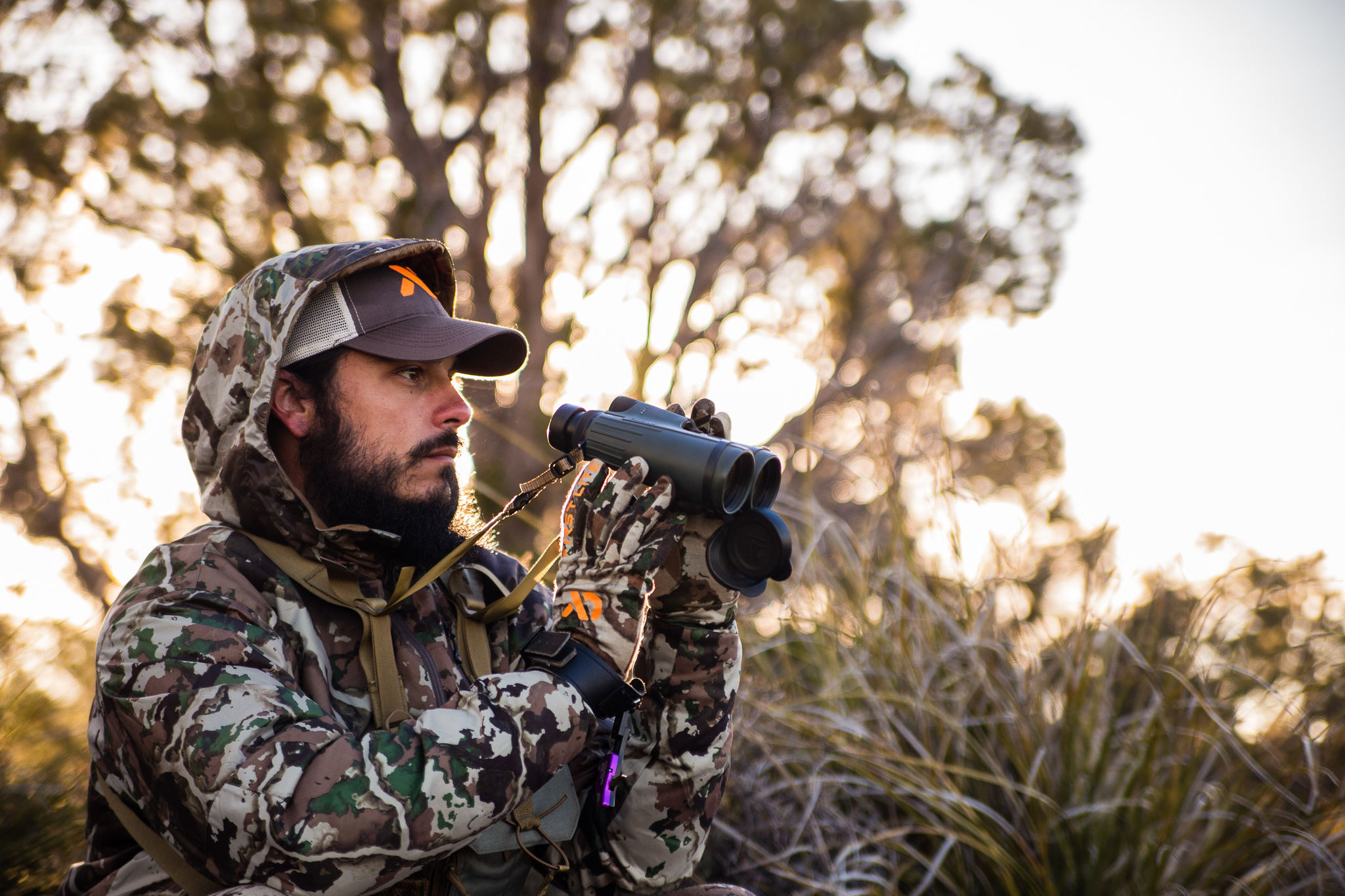
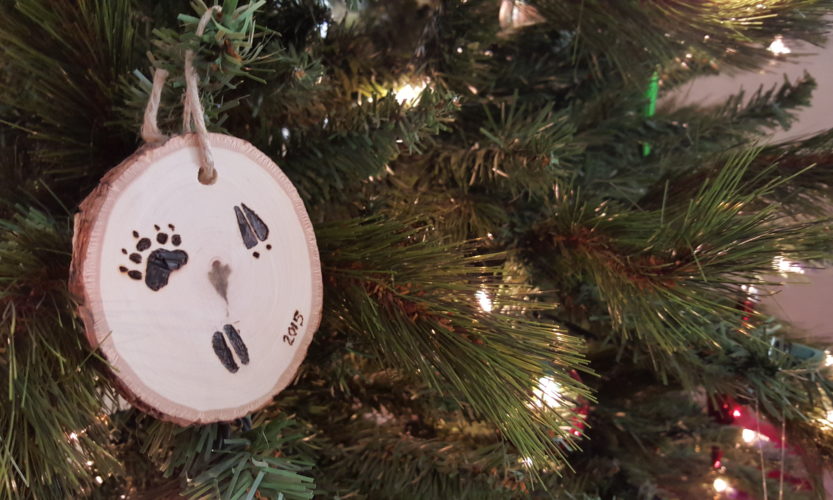
2015 was a pretty exciting year for me in the field filled with new experiences and opportunities. It wasn’t until a few weeks ago, when I stopped to think about it all. It was almost overwhelming reflecting back on everything, which is what I intend on doing here. Being relatively new to the hunting lifestyle(3 years), means a lot of things happened to me for the first time. The deeper and deeper that I dive into this, the more things that I want to experience someday and the things that I do get a chance to experience, seem to create new traditions that I can’t wait to take part in the following year. There were way to many firsts that happened during 2015 to list here, but I would like to take the time to reflect on the major ones.

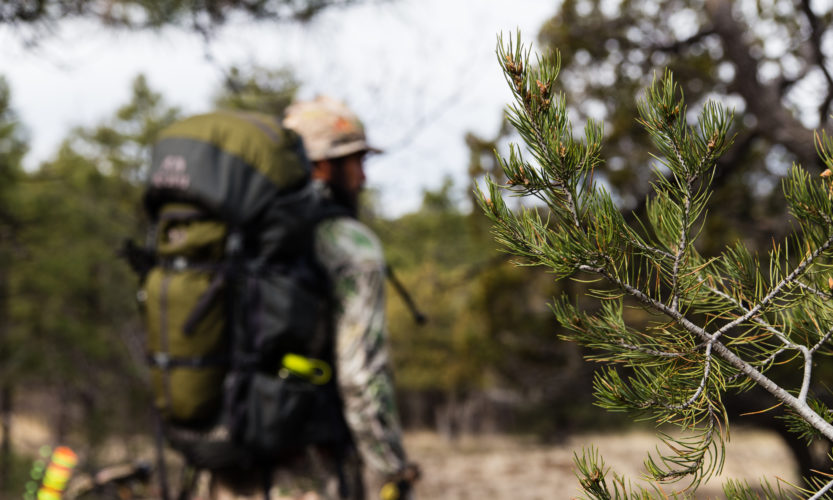
When I was a kid, I was fortunate enough to be exposed to a lot of great memories out in the field that I will have for a lifetime. The first time that I had deer walk into an ambush set up is something that changed me forever. It felt like my legs were going to fall off, I was so nervous. On my first archery hunt I had a beautiful mule deer buck walk right past me at 10 yards. I was so worked up and in awe that I couldn’t even pick up my bow. The first archery javelina hunt that I went on, I missed 6 times before I actually harvested one. Some of these might come across as failures, but underneath the surface they are lessons and added chapters to my library of outdoor experiences that I can reflect on and share with others.

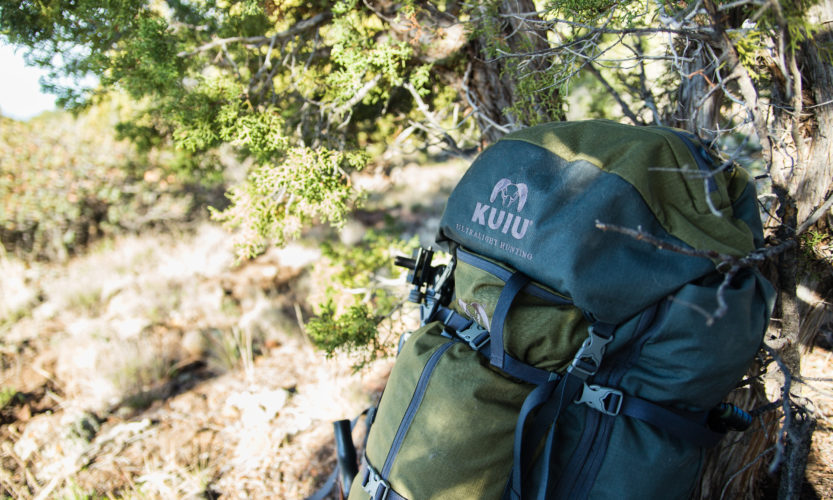
Over the past few years, I have become sort of a backpack nerd. This is pretty funny to me, because when I first really jumped into hunting, I really didn’t see the need to have one. The first backpack I owned was a 2300 cubic inch day pack. I loved that pack until I actually killed something and realized that I had no room in there to haul meat. I was also starting to grow an interest in backpack hunting. From there, I jumped to an Eberlestock Just One pack. Right off of the bat I was impressed with it, but started experiencing some pains in my hips whenever I would wear it. It is one tough pack and can handle anything you throw at it, but it just wasn’t for me. So, the search began!

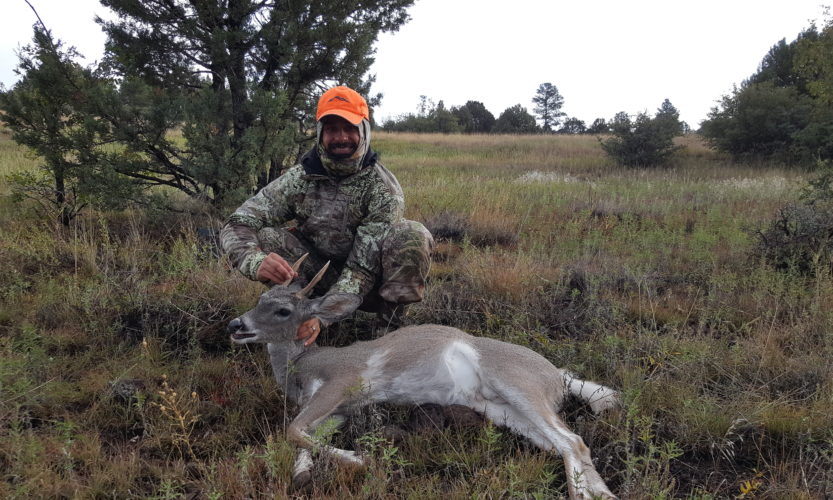
Here in Arizona, all of us hunters look forward to the end of July/early August. Why? This is when we find out if we have drawn the deer tags that we are hoping for through Arizona’s lottery system. Myself and my family had not been drawn since 2013, so the anticipation of the results was just plain cage rattling. During the 2013 season, I had found an area that would soon become a second home for me. The amount of bucks that I saw left me awestruck. I can remember calling my dad every night telling him things like, “I saw 11 big bucks today,” or “I had shot opportunities at 7 bucks tonight.” Never in all of the years that we went deer hunting had we seen things like that or had those types of opportunities.

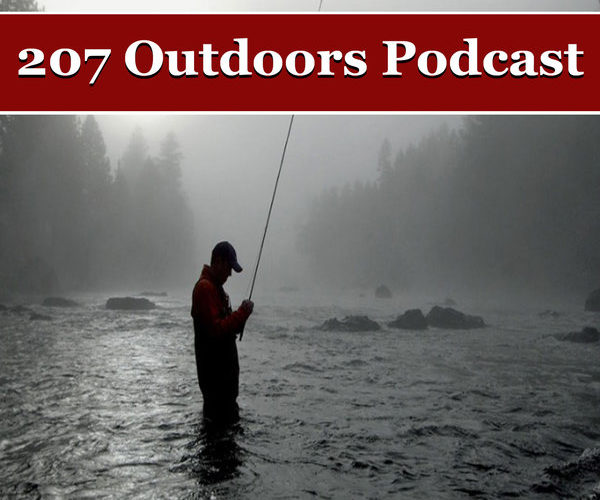
As most of you probably have figured out by now, I am a big fan of the podcasting world. So much so, that I almost find my self listening to hunting podcasts now more than music and that means a lot coming from a musician! They are a great way for like minded individuals to interact and help all of us become even better at our passion. In this case, that is obviously hunting. The knowledge and just pure entertainment that I have gotten out of these shows has been endless. My only problem is, as I have said in the past, finding the time to listen to them all! So many good shows and not enough time in the day!

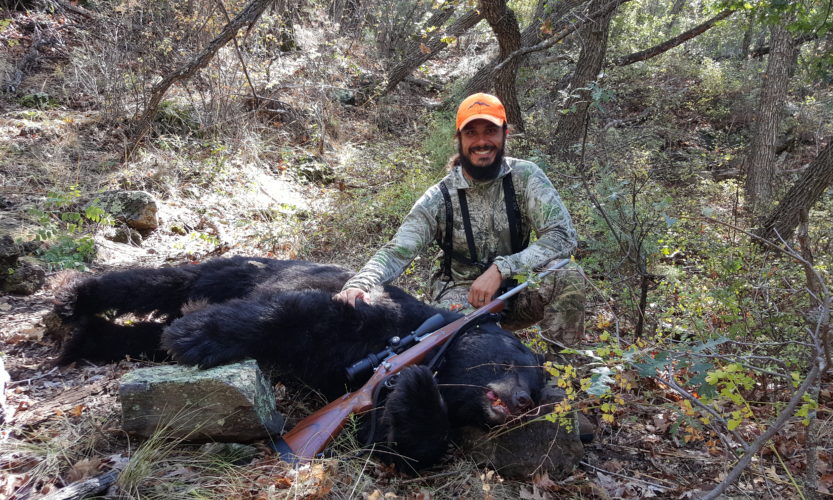
After the emotional roller coaster that the August bear season gave me, I honestly didn’t know if I was going to hunt bears again during the 2015 season. To lose an animal of that caliber, after all of the hard work that I have put in over the past 3 years, was a crushing experience. No matter how much we prepare, we cannot control the outcome of a situation. That was all too real for me. Countless talks were had with family and friends about my lost bear and how we did all that we could. It didn’t change the fact that I still felt awful. Bears are an animal that have truly become special to me and that I admire to their core. The way they move seamlessly through rugged terrain, their behavior, toughness, and intelligence are all intriguing to me.

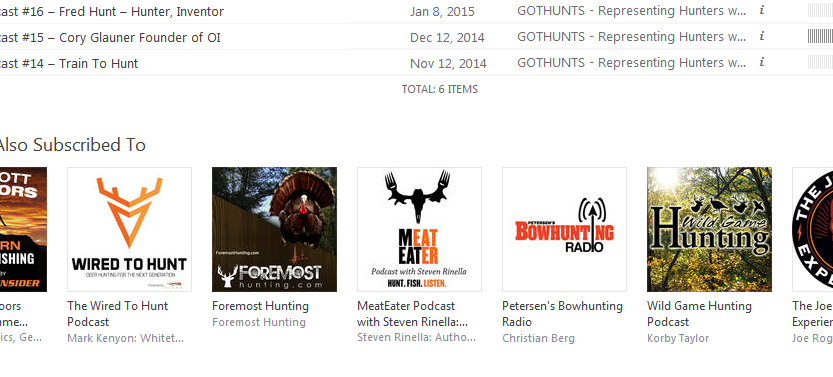
It seems, as of late, the podcasting world, as it pertains to hunting, is getting more and more popular. To which I say, “AWESOME!” My only complaint is having too many good podcasts to listen to and not enough time to do so. Since the last podcast post I made, My Top 5 Hunting Podcasts, quite a few new shows have emerged on the scene and not without force. I have put together another list of 5 hunting podcasts to check out. These especially excite me, because they are all mostly geared toward western hunting.

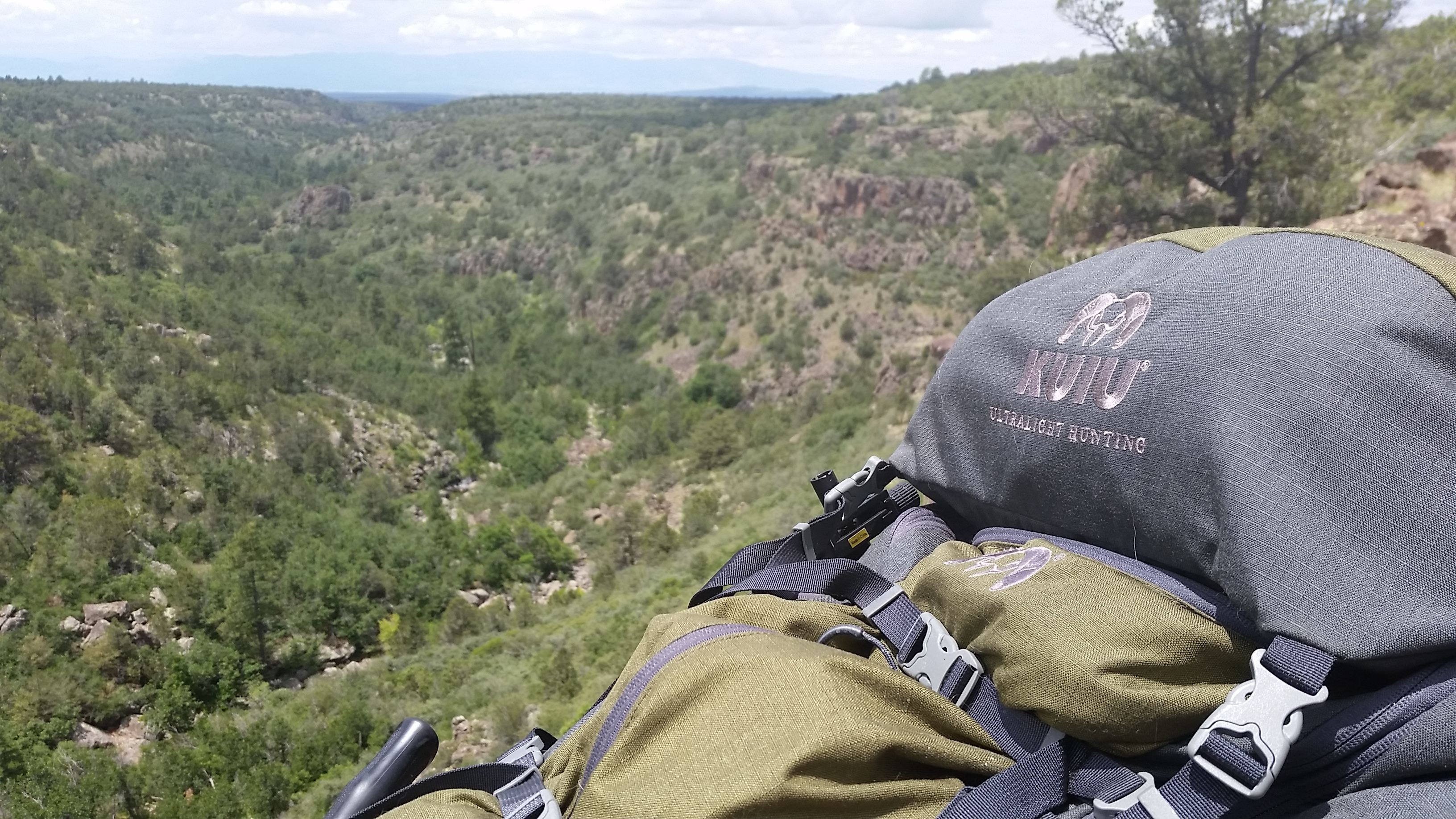
In 2013 something happened to me that changed my life. The kind of thing that no matter how hard you try, you can’t stop thinking about. I went on my first bear hunt here in Arizona. Going into the hunt, I read everything that I could about bears in Arizona. Where they like to reside, what they like to eat, and their overall habits in the rugged environment that AZ has to offer. No matter how much I read though, I felt ill prepared for the journey ahead. It’s hard to picture something standing on a hillside when you have never really seen what you are looking for. By some stroke of luck though, it happened. I saw a bear on the evening of opening day. Because, of the bear being obscured by brush and other vegetation though, I wasn’t able to take a shot. From that point on I was caught hook, line, and sinker. I hunted bears for the rest of the season and never did get another look at one. That didn’t matter though. I would be back next year.

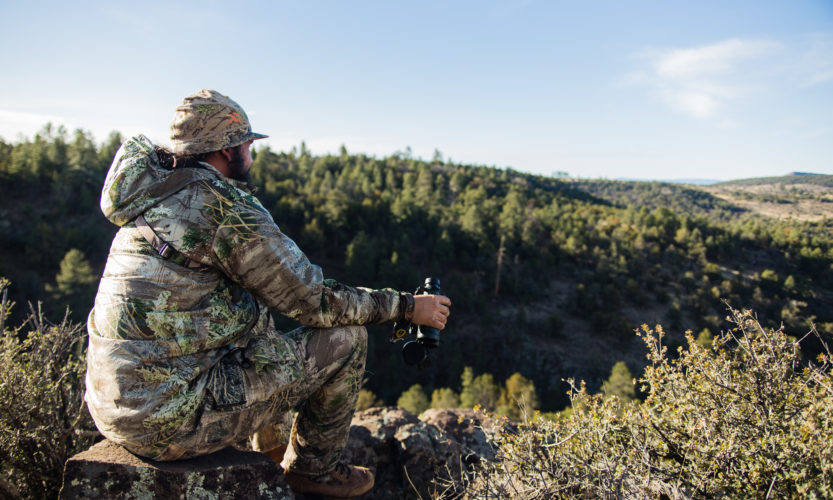
Taking on a new area before the season starts can be extremely overwhelming. Even if where you are scouting is somewhat familiar to you, it can still be tough. Things change from year to year, whether it be availability of food or added hunting pressure. Over the last few years though, I have come up with a basic system that has seemed to work pretty good when it comes to narrowing down specific areas to check out. Now, keep in mind that all of these suggestions are based on my experience hunting in Arizona. Hopefully, you can apply them to your neck of the woods though when it comes time to scout.

Copyright 2019 Dialed In Hunter
Design by NXNW.